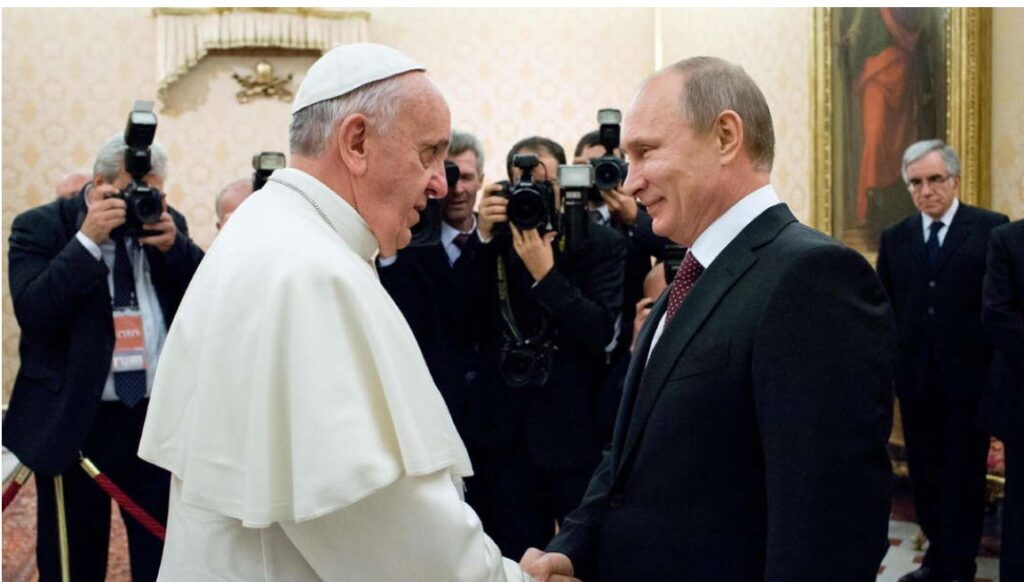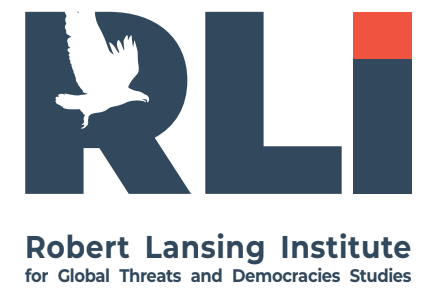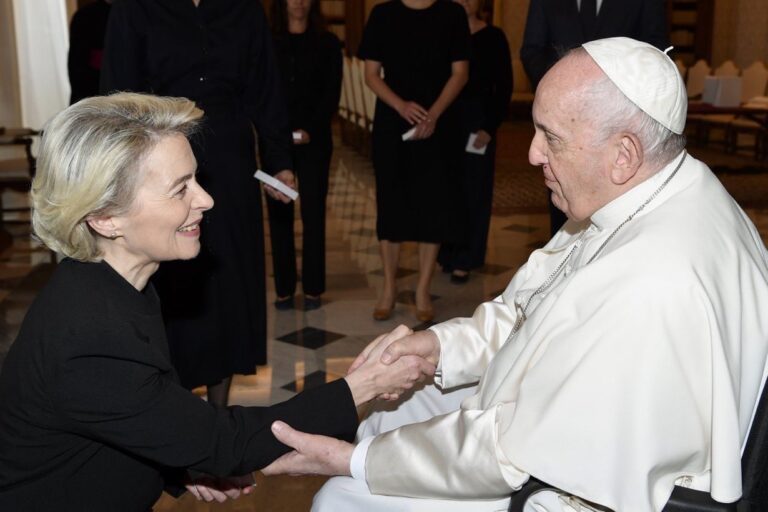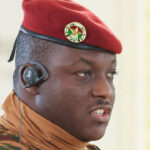The potential election of a new Pope always marks a turning point not only for the Roman Catholic Church but also for global diplomacy. The Vatican, as both a spiritual authority and a sovereign entity, wields soft power in ways few institutions can match. As whispers of succession swirl around Pope Francis, attention turns to how his successor might reshape the Vatican’s global priorities—especially in light of the Church’s complex, cautious, and often controversial engagement with Russia.
I. The Vatican’s Foreign Policy under Pope Francis: Continuity and Contradictions
Under Francis, Vatican diplomacy has aimed for bridge-building, often favoring dialogue over confrontation—even in cases involving authoritarian regimes. His approach included:
- Pursuing détente with Orthodox Russia, culminating in the 2016 Havana meeting with Patriarch Kirill.
- Adopting a neutral stance on the Russia-Ukraine war, drawing criticism for moral ambiguity and failing to name Russia as the aggressor.
- Prioritizing humanitarian concerns and refugee aid, often above geopolitical alignment.
While Francis’s Vatican sought to act as a peacemaker, it arguably compromised its moral authority, especially in Eastern Europe where many Catholics and Orthodox Christians view the Church’s silence or balance as betrayal.
II. The Prospect of a New Pope: Key Variables
Any new Pope will inherit a dramatically reshaped global landscape—marked by great power competition, increasing authoritarianism, and open war in Europe. Several factors could define a future pontificate:
1. Regional Origin of the New Pope
- A European Pope, especially from Eastern Europe or Italy, may be less inclined to appease Moscow, remembering Cold War history and current aggression.
- A Pope from the Global South may continue Francis’s pragmatic diplomacy, emphasizing the global poor, climate justice, and humanitarian outreach over traditional geopolitical alignments.
2. Theological vs. Diplomatic Orientation
- A theologically conservative Pope may prioritize defending Christian values against what Russia frames as Western “decadence,” potentially warming relations with the Kremlin.
- A diplomacy-savvy Pope may try to rehabilitate the Church’s image post-Ukraine by adopting a firmer stance on international law, sovereignty, and justice.
III. Scenarios for Vatican-Russia Relations Post-Francis
Scenario 1: A Tougher, More Principled Vatican
A Pope from Poland or Ukraine—or one aligned with their perspective—might:
- Openly condemn Russia’s invasion of Ukraine as an act of unjust war.
- Rebuild relations with Eastern European Catholics and Orthodox churches critical of Francis’s neutrality.
- Reduce Vatican engagement with Moscow unless genuine repentance or dialogue conditions are met.
🡺 Implication: Moscow may isolate the Vatican diplomatically or exploit religious divides to frame the Church as anti-Orthodox.

More on this story: Kremlin seeks to exert influence on Pope Francesco
Scenario 2: Continuity and Quiet Diplomacy
A successor in Francis’s mold could:
- Maintain the Vatican’s non-aligned posture, seeking dialogue with both Kyiv and Moscow.
- Offer to mediate peace while avoiding strong public condemnation of Russia.
- Prioritize humanitarian access, prisoner exchanges, and church unity over national sovereignty.
🡺 Implication: The Vatican risks continued criticism for “appeasing aggression,” but may preserve its role as a neutral arbiter.
Scenario 3: Strategic Realignment toward the West
A new Pope might:
- Publicly reaffirm Ukraine’s territorial integrity.
- Deepen cooperation with the EU and NATO-aligned states on religious freedom, refugees, and peacebuilding.
- Withdraw outreach efforts to the Russian Orthodox Church, which is seen as co-opted by Putin.
Implication: The Vatican gains credibility with the West and Ukraine but permanently burns bridges with Moscow and its religious allies.
IV. The Broader Stakes for the Catholic Church
- Moral authority: Can the Vatican still claim to be a global conscience if it avoids confronting clear cases of aggression?
- Ecumenical efforts: Will Catholic-Orthodox dialogue collapse or evolve amid war and nationalism?
- Persecution risks: Catholics in Russia could face backlash if the Vatican takes a harder line.
The election of a new Pope will undoubtedly redefine Vatican diplomacy. With the shadow of the Russia-Ukraine war looming large, the Church faces a historic test: Can it balance its mission of peace with a moral stand against aggression? The next pontiff will either double down on cautious neutrality, shift toward prophetic confrontation, or craft a nuanced middle path. The direction chosen will have profound implications—not only for Russia-Vatican ties but for the soul of Catholic diplomacy in the 21st century.
Vatican Foreign Policy in the Middle East: What Might Change Under a New Pope?
The Middle East has long been a cornerstone of Vatican foreign policy, given its significance to Christianity’s origins and the precarious status of Christian minorities. Under Pope Francis, the Holy See emphasized dialogue with Islam, interfaith cooperation, and humanitarian diplomacy—particularly regarding refugees and war-torn Christian communities. A new Pope could either expand, adjust, or reverse this approach depending on theological views and geopolitical priorities.
1. Continuity: Interreligious Dialogue and Refugee Advocacy
If the next Pope follows Francis’s model:
- He may deepen ties with Sunni and Shia leaders, continuing the work of the 2019 Abu Dhabi Document on Human Fraternity.
- Emphasis would be placed on protecting religious minorities, promoting peace in Lebanon, and engaging with moderate Muslim partners in the Gulf.
- He may prioritize support for Palestinian Christians and call for justice-based peace in the Israeli-Palestinian conflict.
🡺 Implication: The Vatican remains a moral and humanitarian voice, especially on displacement, persecution, and peace processes.
2. Shift Toward Assertiveness on Christian Persecution
A Pope from a region where Christians face persecution (e.g. the Middle East or Africa) may:
- Take a more outspoken stance against Islamist extremism, Iran’s role in sectarian conflicts, or state repression in Egypt or Iraq.
- Focus Vatican diplomacy on protecting the survival of Christian communities in places like Syria, Iraq, and the Holy Land.
🡺 Implication: The Holy See could clash with Islamic governments or be accused of aligning with Western powers, complicating interfaith dialogue.
3. Greater Engagement with Gulf States and Abraham Accords
A diplomatically minded Pope may:
- Strengthen ties with Gulf monarchies like the UAE, Qatar, and Saudi Arabia—building on the goodwill created by Francis’s historic visits.
- Leverage the Abraham Accords to promote Muslim-Christian-Jewish understanding and new humanitarian platforms.
- Increase the Vatican’s quiet role in backchannel diplomacy across Sunni-Shia lines.
🡺 Implication: This would align the Vatican more with modernizing powers in the Arab world, while maintaining distance from hardline actors like Iran.
Conclusion on Middle East Policy
The next Pope’s approach to the Middle East will depend heavily on his background, theological vision, and appetite for political risk. Whether prioritizing bridge-building, advocacy, or the defense of persecuted Christians, Vatican diplomacy will remain vital in a region where faith, politics, and survival are deeply intertwined. With shifting alliances and rising tensions across the Middle East, the Holy See’s ability to adapt without compromising its moral mission will be tested more than ever.
Balancing Conscience and Realpolitik in a Fragmented World
As the Catholic Church stands on the threshold of a new papacy, its next leader will inherit a complex diplomatic legacy shaped by moral ambiguity, geopolitical restraint, and a rapidly shifting world order. Nowhere are these tensions more acute than in the Vatican’s approach to Russia and the Middle East—two regions where religion and politics are deeply entangled.
In Russia, the Vatican faces the challenge of engaging a regime waging war on a sovereign European nation, while still seeking unity with the Russian Orthodox Church. The future Pope must decide whether to maintain the Vatican’s current position of cautious neutrality or to pivot toward a more principled stand—risking diplomatic rupture but restoring moral clarity.
In the Middle East, the Church navigates a minefield of sectarian conflict, state repression, and religious persecution. The Vatican’s ability to advocate for Christian minorities while preserving dialogue with Muslim leaders requires subtlety, patience, and strategic depth. The rise of new regional powers like the UAE and Qatar may offer opportunities for interfaith leadership—if the Holy See can manage these ties without alienating more conservative or adversarial actors.
Both arenas test the limits of Vatican soft power. The new Pope will have to balance diplomatic relevance with prophetic responsibility—choosing when to act as a bridge-builder and when to speak out as a moral compass. In a world where populism, authoritarianism, and religious nationalism are on the rise, the next pontificate could determine whether the Holy See remains a silent mediator or reclaims its historic role as the world’s moral voice.

More on this story: The meaning of Pope Francesco’s visit to Iraq




